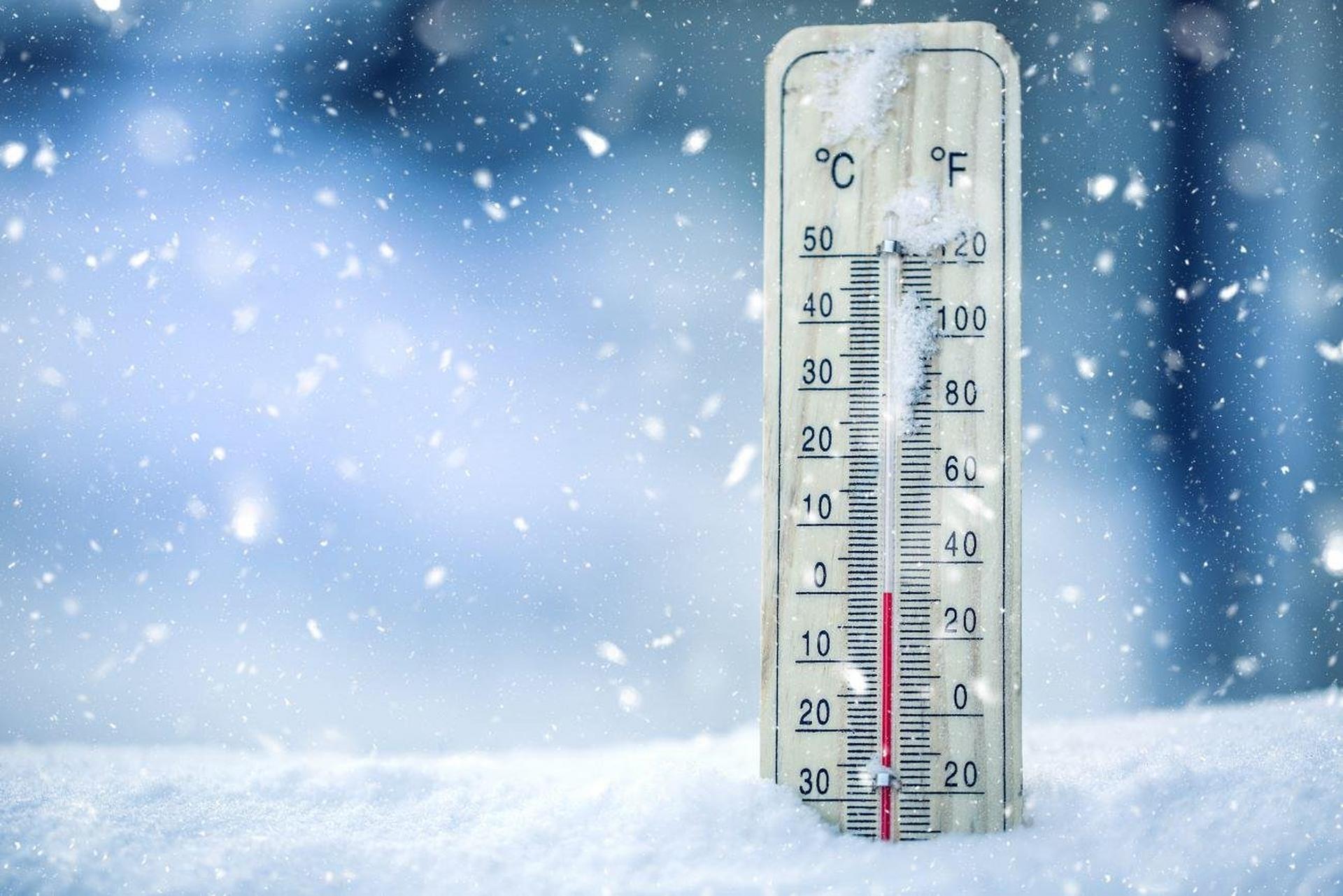Guar, or Cyamopsis tetragonoloba, might not sound glamorous, but it powers a surprising range of industries. From your pantry to petroleum, and even into fish feed, this underappreciated crop is quietly shaping the world around us.
Guar thrive where many crops fail
It’s a fast-growing, drought-resistant legume native to India and Pakistan. In fact, India produces around 80% of the world’s guar, much of it in the arid state of Rajasthan. It thrives in poor sandy soil, high heat, requires very little water and matures quickly in just 90 to 120 days — a miracle crop for regions with tough growing conditions.
So while it’s not the fastest crop (like some leafy greens or vegetables that mature in 30–60 days), guar is quick for a protein-rich, industrial-scale crop.
But the real magic happens when the seeds are processed into guar meal, a natural thickener, stabilizer and emulsifier that’s now essential in food, pharmaceuticals, cosmetics, textiles — and aquaculture. Guar gum is a hydrocolloid, meaning it can absorb up to 8 times its weight in water, which makes it valuable as a thickener. Like other legumes, guar fixes nitrogen from the air into the soil via symbiotic bacteria in its root nodules.

?w=1920&%24withDefaultImage%24=&fmt=auto)





?w=1920&%24withDefaultImage%24=&fmt=auto)





